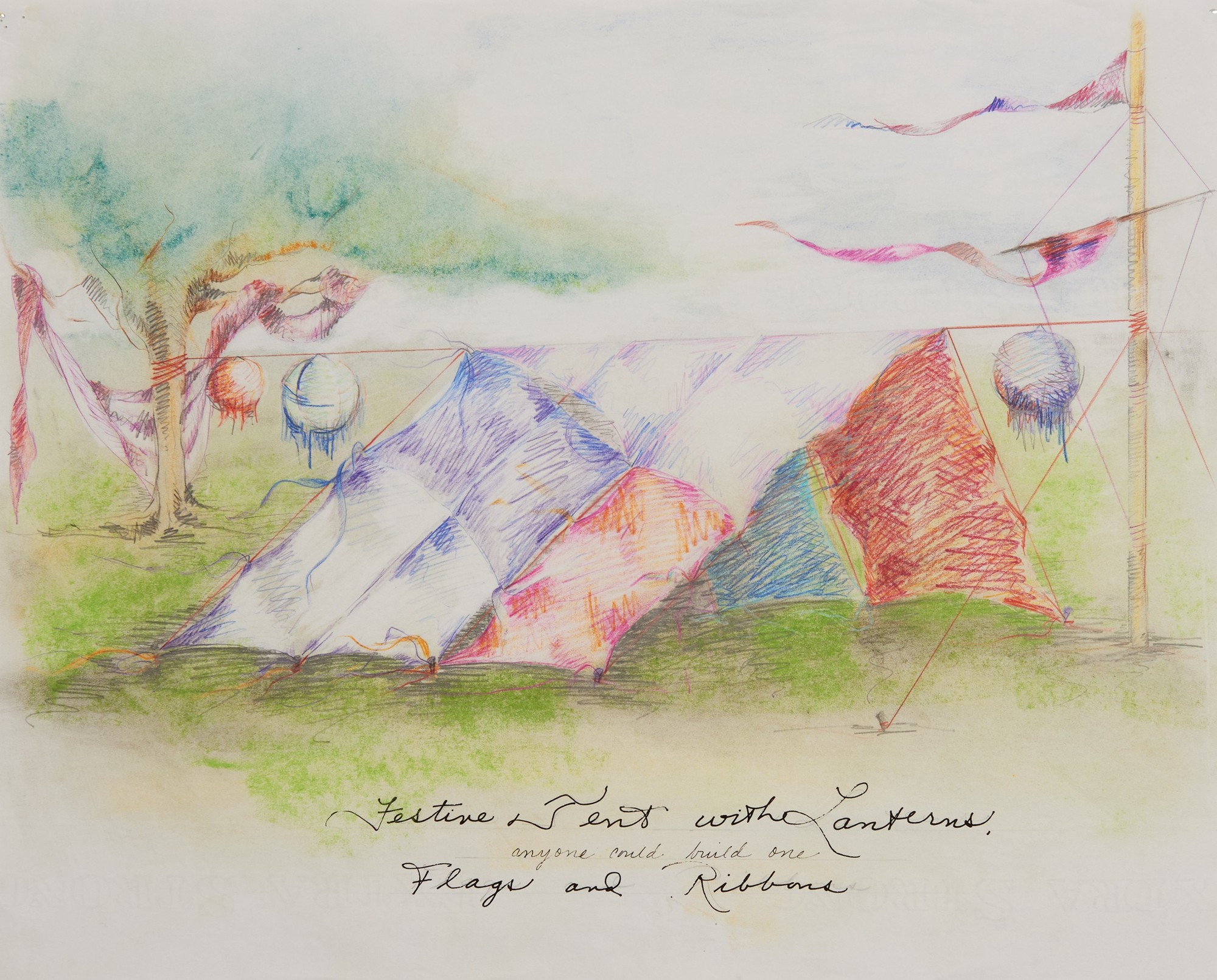
The seduction the siren offered was cognitive; it was knowledge. Its technology was some “honeyed song,” emitted as if from a speaker over land across water indicating other ideological borders: between exile and home, foreign and familiar, female and male, nonhuman and human, danger and safety, transgression and normativity, sonic disobedience and sonic obedience, that is, language as noise and language as linguistic meaning. These borders-as-binaries, all pale, mineral shores, were unjust and untrue. But poetry is politics, always.
SIREN (some poetics) examines what lies beyond such borders and binaries—ancestral, technological, epistemological, literary, patriarchal, corporeal, emotional or otherwise. Devoted to the voice—as aesthetic signature or the production of self and sound—and the avatar-like bodies we build and break around it, the exhibition considers technologies of myth and mouth, earth and alarm, gender and poetics. Through the work of approximately seventeen artists and poets of various generations and geographies, the show posits practices that employ a grammar of sign and sound systems, at once figuring, resisting, writing, and voicing the visual field. Moving away from the cool, clinical, conceptual and mostly two-dimensional exhibitions that have so often stood for language and poetry as a visual art practice, in which the white cube stands in for the pale architectonic page, SIREN is situated in the dank earth and its kaleidoscopic ecosystems. Both human and nonhuman forms of language-making and poetics are put forth, from precolonial myth to ludic science fiction, the bootlegged oracular line to critical fabulation, fungal networks to gut bacteria, text to textile to poem to prism to algorithm. Indeed, the works on view often emit and evidence a kind of parapoetics: poetry as opaque metabolic structuring or as some wild surfacing.

To consider the siren as both ancient and contemporary warning system, one must examine in which forms its production occurs.
For poetics, like violence, are inseparable from the technologies of their times. From the collectively composed and orally rehearsed Odyssey to contemporary art and poetry practices today, our poetics are entangled with the technologies and communications systems that condition their making and enable (or disable) their circulation. In all the works gathered here, such systems (of language, desire, cognition, violence, gender) and myths (of normativity and supremacy) are felt, articulated, critiqued, and channeled, as are the bodies continually fashioned out of them. No body but a voice, as the ancients might have said. To read or be read, as our contemporaries might reply. Each a kind of warning for those bound for and to a language-strewn future.
SIREN (some poetics) is accompanied by a public program of readings, performances, and workshops over the course of the exhibition, as well as a publication, to be published by Dancing Foxes Press in early 2023.
About the Curator




